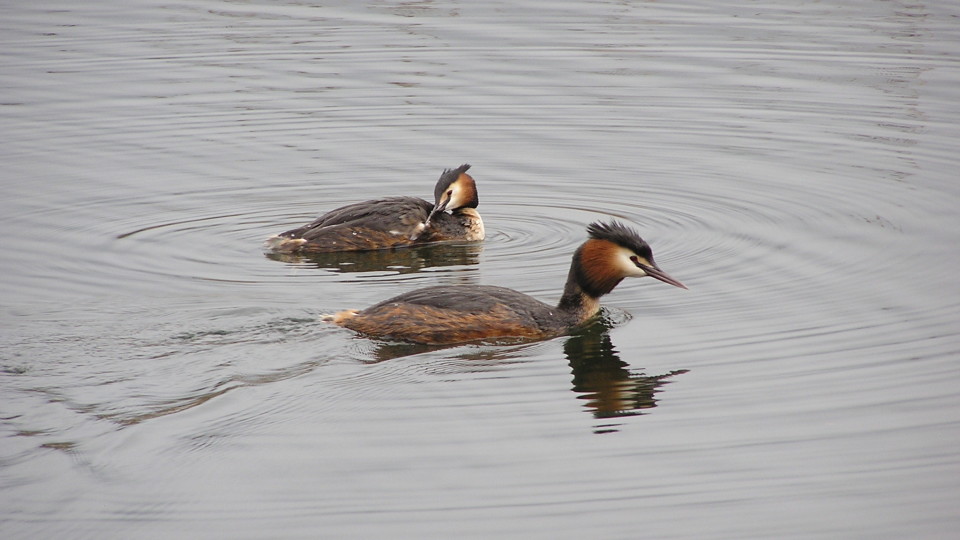We strive to protect and restore species and the wetlands they depend on by bringing together knowledge, policy and practice. We use our knowledge base, expertise of our members and of our global network to help EU policy- and decision-makers make informed management and conservation decisions.
Protecting endangered species: the European Eel
The European Eel is a critically endangered species, with numbers in Europe estimated to have dropped by at least 90% since the 1970s. Engaging in conservation measures for the European Eel can deliver multiple benefits for wetland issues. Migratory fish species such as the Eel need a transitional zone in coastal areas to undergo the necessary physiological changes for living in a very different environment, and to allow them to complete their life cycles. These important zones have been lost from many parts of the European coast, but are vital for a multitude of other species, water quality, coastal flood defense, and carbon storage. Equally, measures to improve their freshwater habitats upstream; including removing barriers and restoring natural river features provides similar benefits.
The European Eel has legal status under a range of international conventions, and regulated by the EU Eel Regulation which establishes legal measures for the sustainable use and recovery its population. We advocate for better implementation of these instruments, not only for the benefit of the Eel and its sustainable use, but for the habitats we all depend upon.
Protecting iconic wetland species: waterbirds
Europe has some of the strongest environmental protection laws in the world. All wild bird species occurring naturally in the European Union are protected under the Birds Directive, which together with the Habitats Directive remain the most important tools to safeguard Europe’s natural capital. We contribute to their implementation by delivering essential information for the effective management of wetland biodiversity and their key sites. We do this by improving international monitoring frameworks crucial for status assessments.
Our data also shows that the conservation status of waterbird populations which remain mainly within the EU territory is more favourable than of those which migrate to other areas. This highlights the importance of flyway scale conservation measures that can help to safeguard Europe’s investment into its nature policy. The African-Eurasian Waterbird Agreement (AEWA), the Convention on Migratory Species (CMS) and the Ramsar Convention on Wetlands are useful instruments to increase the standards for domestic policies concerning the management of migratory species and their habitats outside the EU. We work closely with all these conventions and many other partners to strengthen and coordinate conservation action in Europe and beyond.

